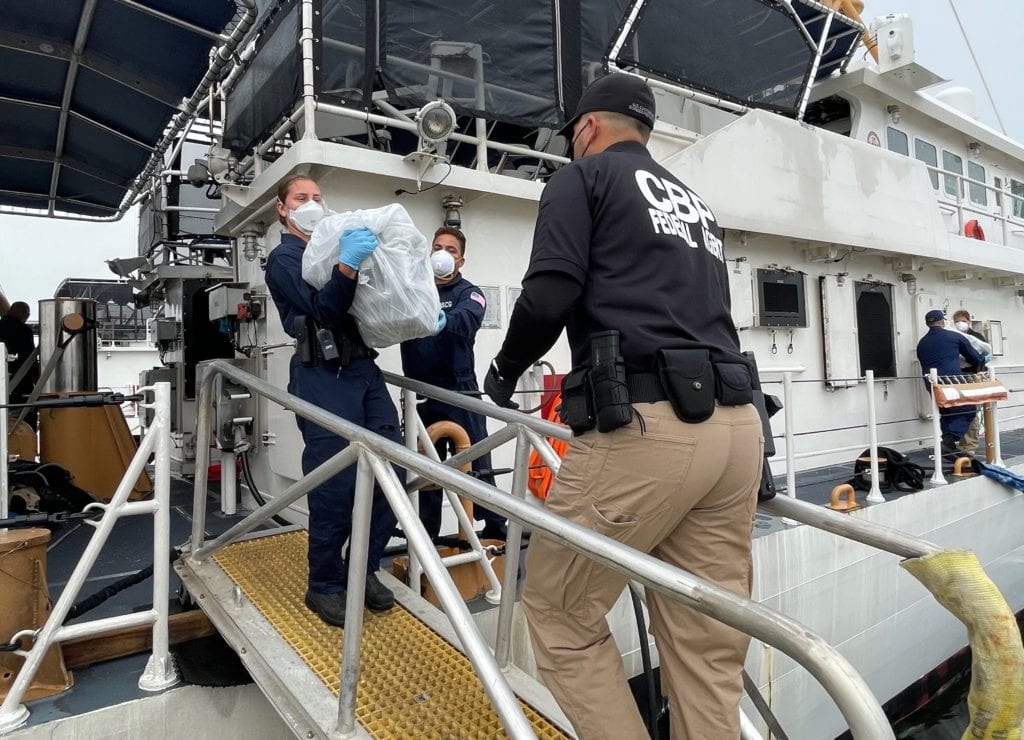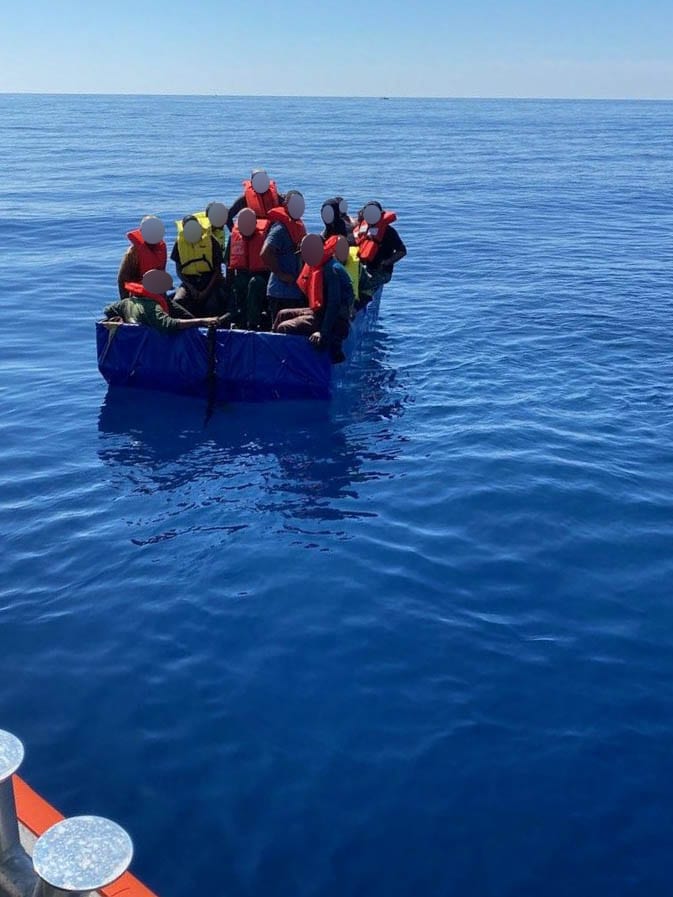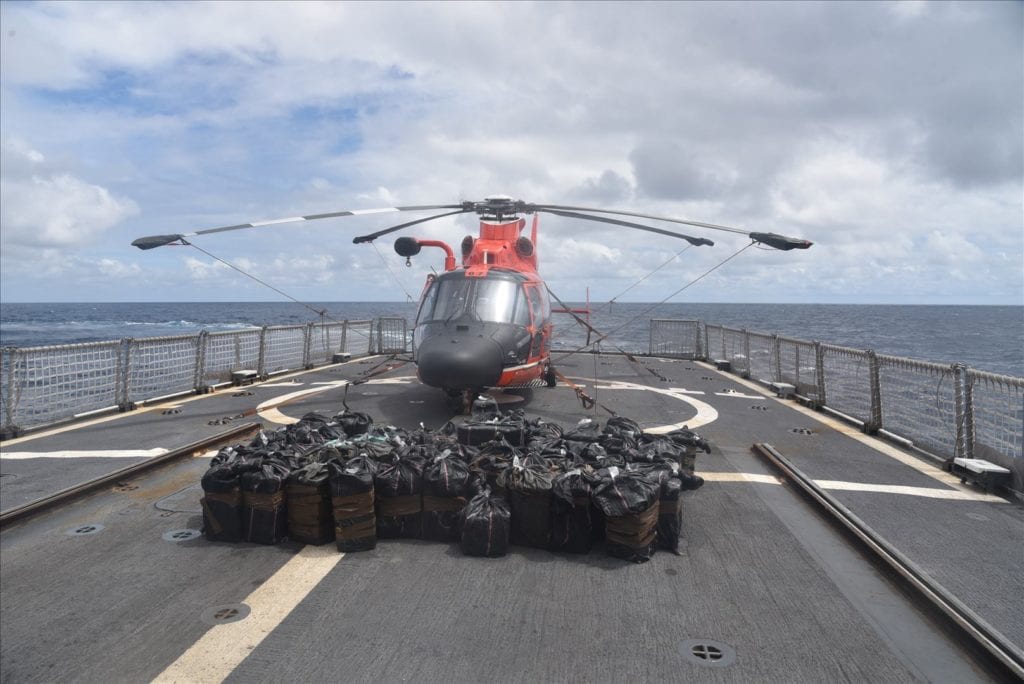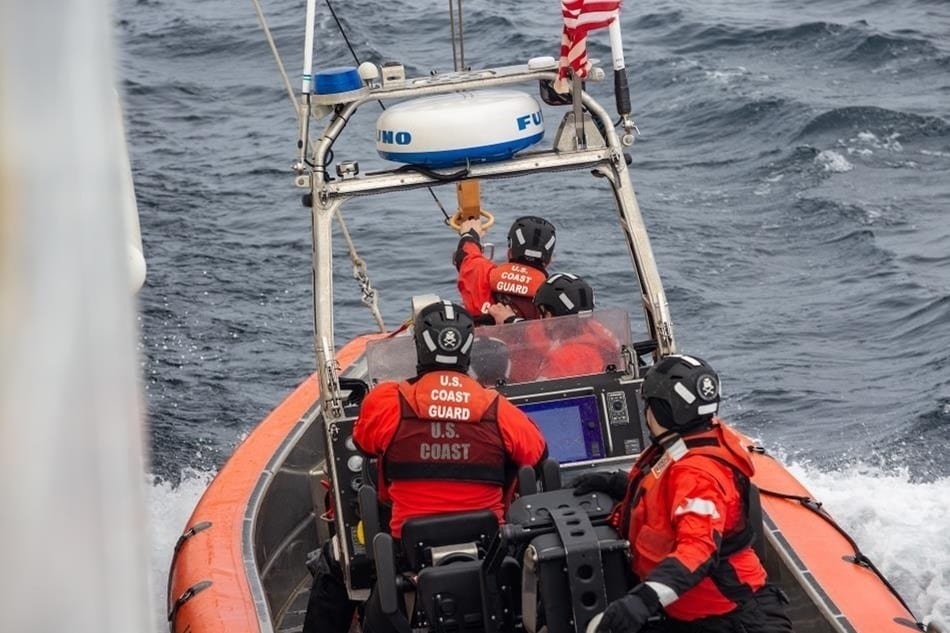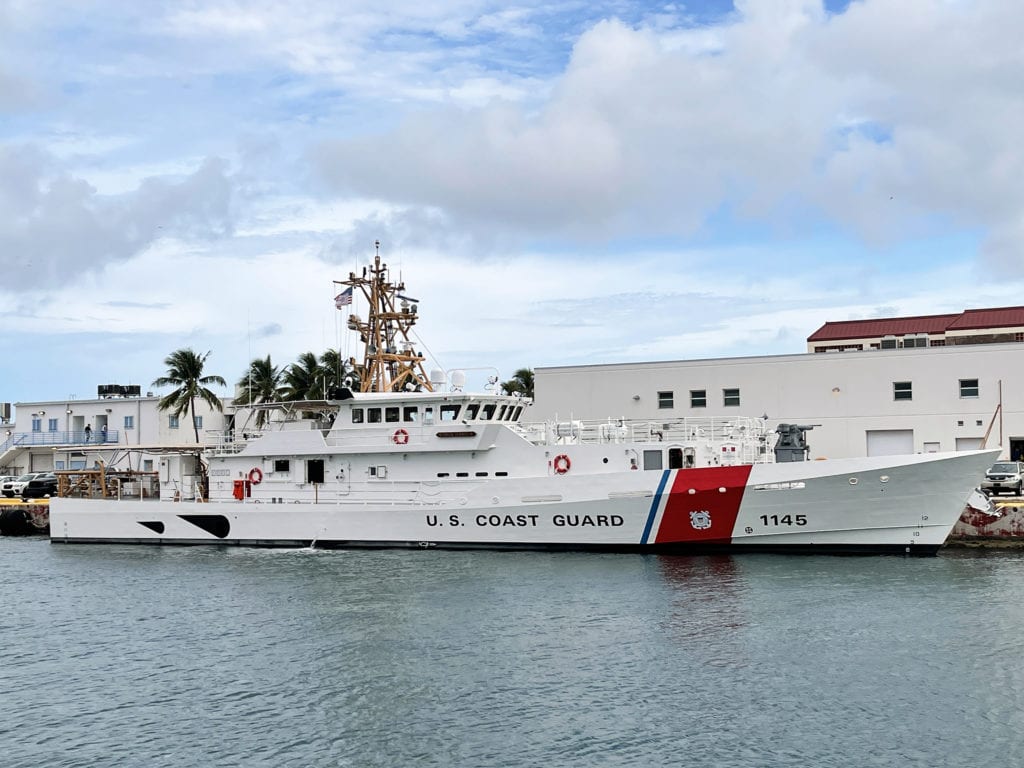Icebreaker Departs for Arctic Deployment, Circumnavigation of North America
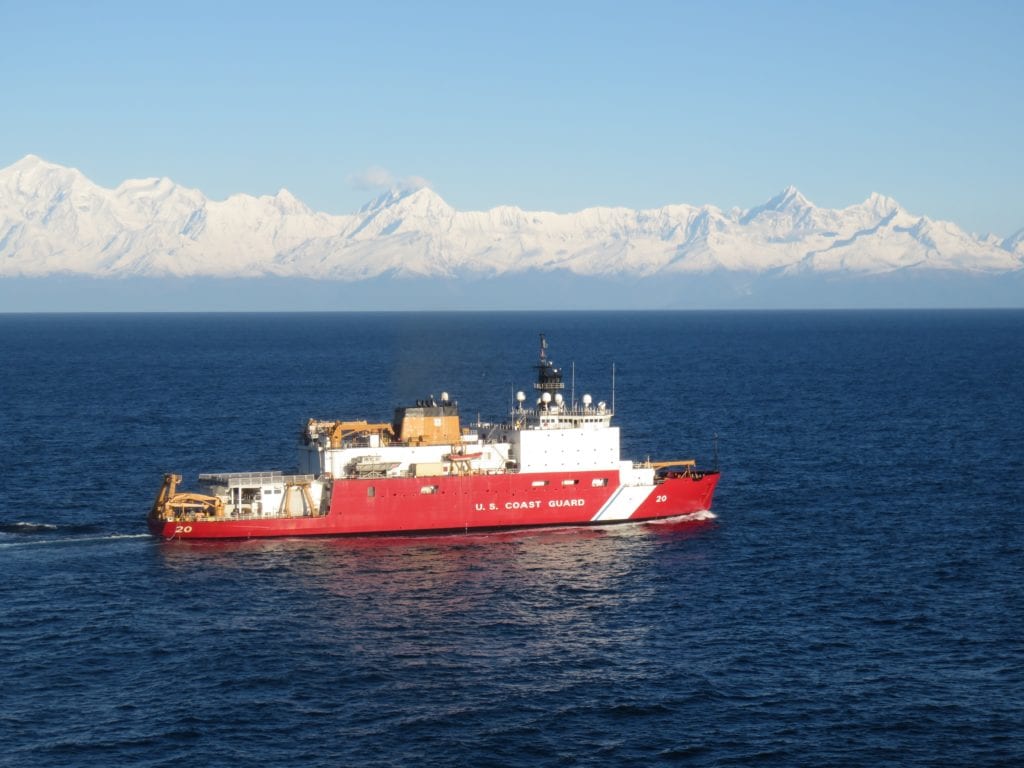
SEATTLE — The Coast Guard Cutter Healy (WAGB 20) departed Seattle on Saturday, July 10, for a months-long Arctic deployment and circumnavigation of North America, the Coast Guard Pacific Ares said in a July 16 release.
The crew aboard Healy, a 420-foot medium icebreaker, will provide U.S. surface presence in the Arctic, conduct high latitude science and research missions, engage in exercises and professional exchanges with foreign navies and patrols, and conduct other operations as directed throughout the deployment.
Healy is scheduled to circumnavigate North America via the Northwest Passage and the Panama Canal. Healy’s deployment supports the Coast Guard’s Arctic Strategy while providing critical training opportunities for polar sailors and future operations in the Arctic.
The crew will promote U.S. interests along the U.S. and Russia maritime boundary line.
“Healy’s deployment provides opportunities to deepen the Coast Guard’s cooperation and commitment with our Arctic allies and partners and to support scientific exploration to increase understanding of the changing Arctic environment and associated impacts,” said Coast Guard Pacific Area Commander Vice Adm. Michael McAllister.
The Healy deploys annually to the Arctic to support multiple science missions and Operation Arctic Shield, the service’s annual operation to execute U.S. Coast Guard missions, enhance maritime domain awareness, strengthen partnerships, and build preparedness, prevention, and response capabilities across the Arctic domain.
Commissioned in 1999, Healy is one of two active polar icebreakers in the Coast Guard’s fleet. The Seattle-based Coast Guard Cutter Polar Star (WAGB 10) is a heavy polar icebreaker commissioned in 1976.
The U.S. Coast Guard is recapitalizing its polar icebreaker fleet to ensure continued access to the polar regions and to protect the country’s economic, commercial, environmental, and national security interests. The Polar Security Cutter is still in the design phase, and Halter Marine is working toward completing the necessary work to begin construction on this incredibly complex, state-of-the-art icebreaker. The contract delivery date for the first Polar Security Cutter is 2024.
